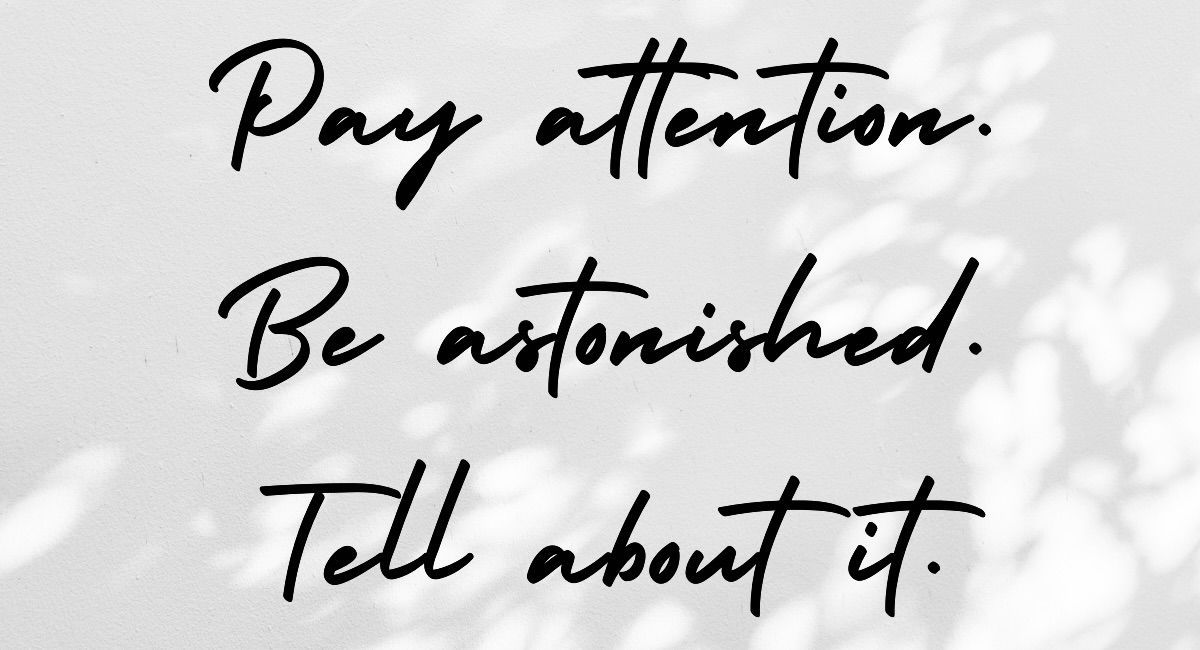Temple of the Present
September 25, 2025
Sign up for blog updates!
Join my email list to receive updates and information.

Saints and poets aren’t residents of earth. Their dwelling is the Temple of the Present.

A fellow alumnus of Saint Basil Prep was in Connecticut last week and invited me to join him in visiting our alma mater. My instinct was to turn him down. Why? For no other reason than my anxiety that I can’t afford a day away from my desk, even in retirement.
But I remembered my recent resolution to take my inner child on play dates, and I agreed.
In our hyperconnected world, where multitasking has become a badge of honor, the simple act of being present has become a radical pursuit.
Living in the present moment, however, is more than a philosophical ideal. It’s a scientifically validated pathway to well-being and quality of life.
We wandered for hours around the campus that stands as an oasis of landscaped greenery in the concrete and asphalt wasteland that has become Stamford. We prowled through the several school buildings, peering into the classrooms in which we suffered through language, science, and math classes. We sat in the chapel pews we occupied decades ago. We even opened closed closet doors to see what was inside.
The human mind's tendency is to dwell on past regrets and future anxieties.
This is why we want to go back in time to relive happy moments. The stuff from the good old days is “settled law.” We lived it. It turned out okay. We needn’t worry about it. We can relive the good times and relive them and relive them, relishing our nostalgic sentimentality.
But Thich Nhat Hanh, the renowned Zen master, has said that the present moment is filled with joy and happiness. “If you are attentive, you will see it."
Maybe. But sometimes – no, often – I have to look awfully hard to see the joy.
I have a hunch that you have to be either a saint or a poet to be really, truly attentive to the moment and in touch with the wonder of being alive.
Poet T. S. Eliot thought saints live at the intersection of time and timelessness. I would add poets, too.
The saint's aspiration is union with God through self-surrender and love. The poet's is toward the creation of aesthetic works that translate transcendent truths to others.
In other words, the saint's existence at the intersection of time and timelessness is fundamentally about being, while the poet's engagement with this intersection is primarily about making.
Remember the scene in Thornton Wilder’s play, Our Town?
EMILY: "Does anyone ever realize life while they live it . . . every, every minute?"
STAGE MANAGER: "No. Saints and poets maybe . . . they do some.”
But both saints and poets aren’t residents of planet earth as you and I are. Their dwelling is the Temple of the Present.
There, in the temple, they observe the little, thus making sense of the large. So the poet's quest is the same as the saint's—a continuous journey toward deeper understanding. One lives it, the other articulates it.
As poet Mary Oliver put it: Pay attention. Be astonished. Tell about it.
